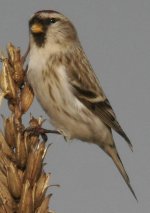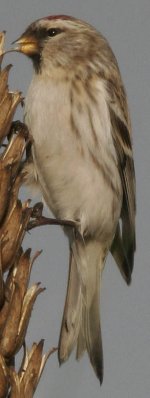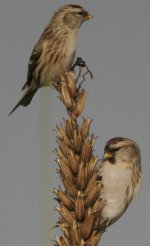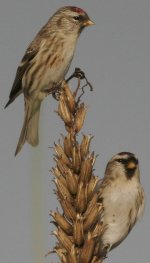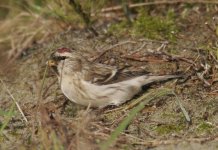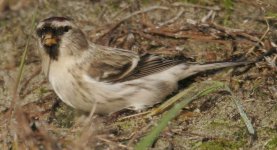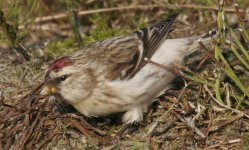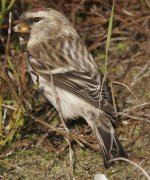JANJ
Well-known member
Hannu, if I understand you right now, about the rump, I mean, not wide in the sense broad, but lenght. The "snowball" thing is meant to be that Arctic wear to whiter as getting older, and that birds in fresh, newly moulted plumage are darker, yellowish or brownish-yellowish, and younger birds often are darker than adults, and if they have a small rump patch, can be very similar to flammea. I also understand that, if the ground colour to flanks and belly are white, or with a slight buffish (beige) tone it´s said to be arctic.
JanJ
JanJ




